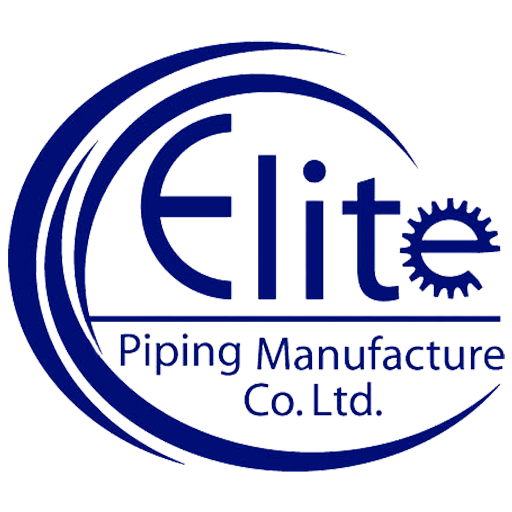Share this
Flanges are the unsung heroes of modern piping systems. They ensure secure connections, allow for easy maintenance, and withstand high-pressure and high-temperature environments. But behind each reliable flange lies a rigorous and meticulous manufacturing process. At Elite Piping Manufacture Co., Ltd., we pride ourselves on our attention to detail — from the selection of raw materials to the final quality inspection.
1. Raw Material Selection: The Foundation of Quality
The flange-making journey begins with selecting the right steel billets or plates, typically made from carbon steel, stainless steel, or alloy steel, depending on the intended use. Only materials that pass our strict chemical composition analysis enter the production line, ensuring mechanical strength, durability, and corrosion resistance.
2. Cutting: Preparing the Steel
The raw steel is cut into appropriate sizes using band saws, flame cutting, or plasma cutting machines. Accurate cutting is essential to reduce material waste and provide consistent blanks for forging.
3. Forging: Shaping Under Pressure
Forging is where the magic happens. Under high temperature (usually over 1000°C), the steel is heated and pressed or hammered into rough flange shapes. This process improves the grain structure of the metal, greatly enhancing its strength and toughness. We use open-die or closed-die forging, depending on the flange type.
4. Heat Treatment: Enhancing Mechanical Properties
After forging, the flanges undergo heat treatment, including normalizing, quenching, tempering, or annealing, to relieve internal stress and adjust the hardness or toughness. This step is critical to ensure that the flange performs well in extreme working environments.
5. Machining: Precision Comes to Life
Heat-treated forgings are machined using CNC lathes, drilling machines, and milling equipment. We carefully process the flange faces, bores, bolt holes, and sealing surfaces, ensuring they meet dimensional accuracy and smoothness standards per ASME, EN, GOST, or other international norms.
6. Inspection: Strict Quality Control
Every flange is subjected to strict inspection protocols, including:
Dimensional checks
Hydrostatic pressure testing
Ultrasonic Testing (UT)
Penetrant Testing (PT)
Magnetic Particle Testing (MT)
PMI (Positive Material Identification)
We ensure every product leaving our facility complies with customer specifications and industry standards.
7. Marking and Traceability
Flanges are then permanently marked with critical information such as:
Manufacturer’s logo
Material grade
Size and pressure rating
Standard code (e.g., ASME B16.5)
Heat number (for full traceability)
This ensures transparency and traceability in every delivery.
8. Surface Treatment & Final Protection
Depending on customer requirements and service environments, flanges may receive:
Anti-rust oil
Zinc or epoxy coating
Black painting
Phosphating or passivation
Additionally, we wrap each flange with protective materials, such as foam and plastic film, and ensure secure packaging to prevent damage during transportation.
9. Packing & Shipping: Delivering with Confidence
Each flange is securely packed, bundled, palletized, and labeled. Our logistics team ensures that all items are clearly identified, well-protected, and quickly shipped to global clients with documentation ready for customs and quality assurance.
Why Choose Us?
Elite Piping doesn’t just manufacture flanges — we engineer confidence. From oil & gas to petrochemical, from clean energy to water treatment, our flanges power the infrastructure of industries worldwide.

